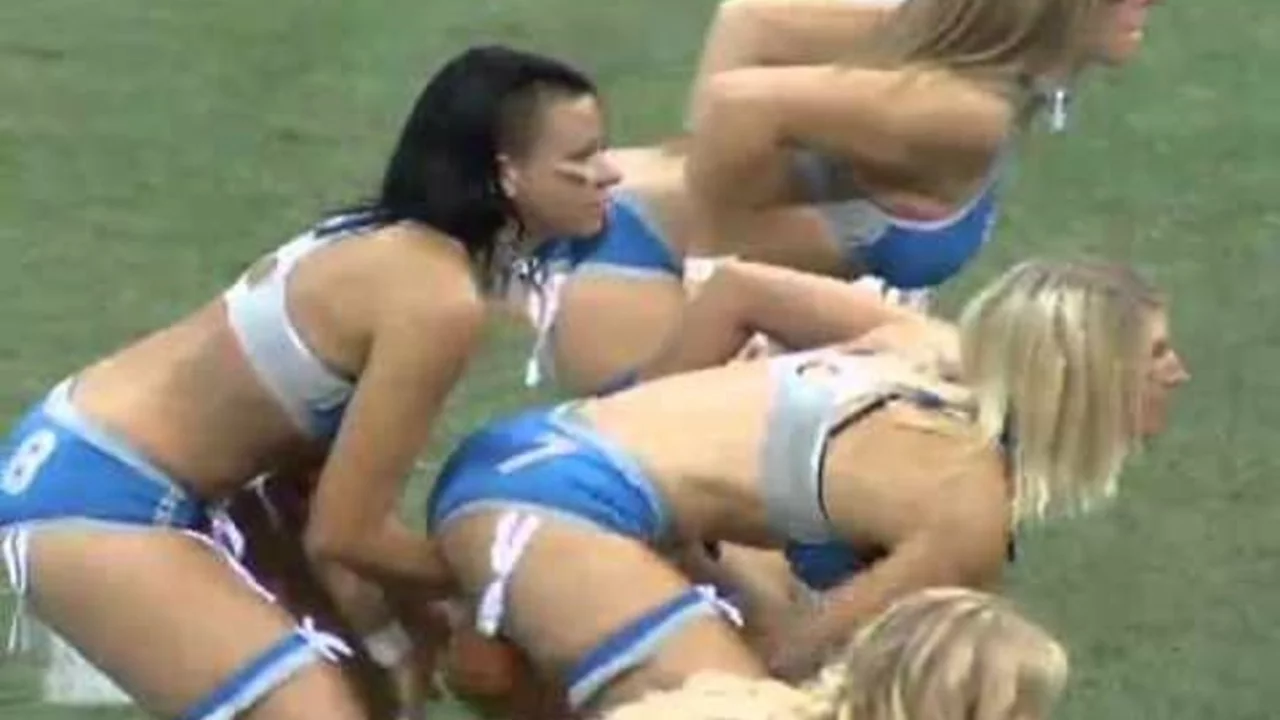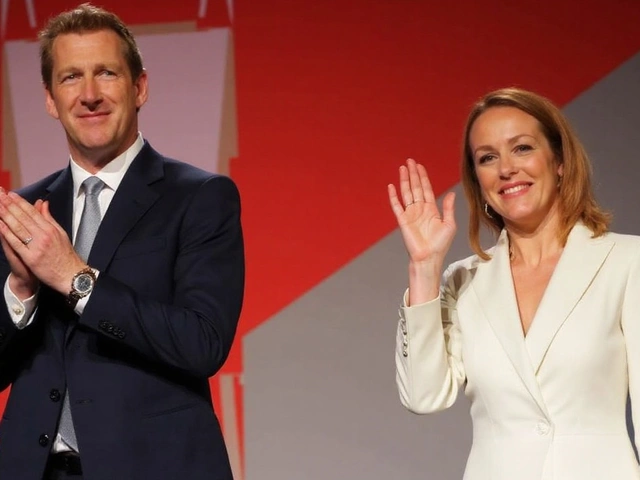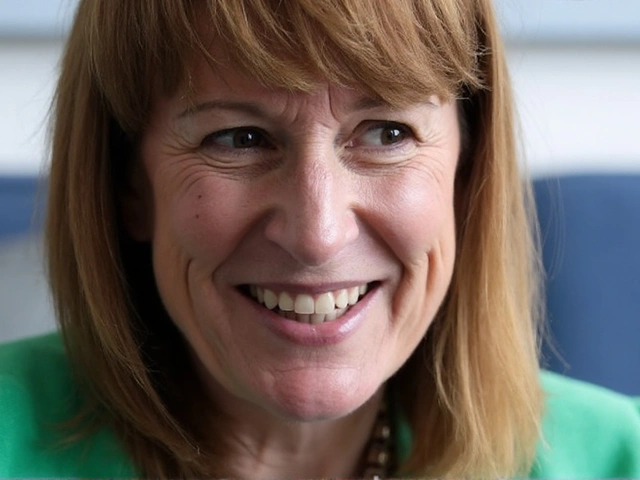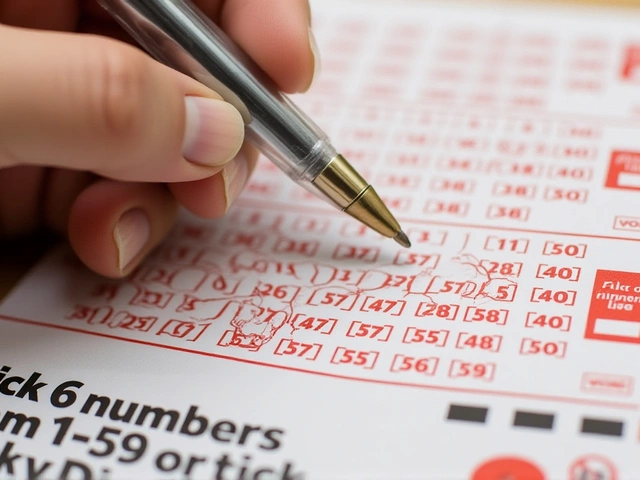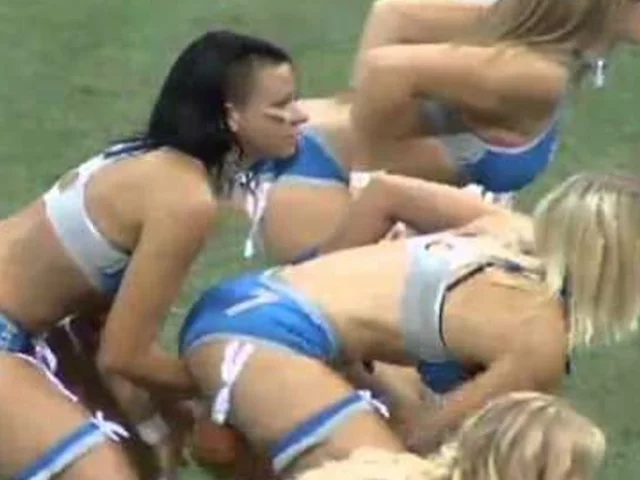Sports & LGBTQ+ Issues: Why Many Female Soccer Players Identify as Lesbian
Ever noticed that women’s soccer seems to have a higher proportion of lesbian players compared to other sports? It’s not a coincidence. The mix of strong team bonds, physical empowerment, and an accepting environment creates a space where many athletes feel safe to be themselves.
Team Culture Gives a Safe Harbor
When you step onto the pitch, the focus is on the ball, the tactics, and the win. Off the field, teammates become a close‑knit family. That daily camaraderie means players often share personal stories, including their sexuality. In a sport where the locker room is a trusted space, coming out feels less risky. Players hear each other’s experiences, see acceptance in action, and realize they’re not alone.
Physical Strength Fuels Confidence
Soccer builds endurance, strength, and confidence. Many women say that feeling powerful in their bodies helps them break free from traditional gender expectations. When you can run fast, tackle hard, and dominate a match, you start questioning why society should limit your identity. That confidence often translates into a willingness to explore non‑traditional sexual orientations.
Research from a UK sports university showed that lesbian athletes report higher self‑esteem than their straight peers, linking it directly to the physical empowerment they get from training. The data isn’t just numbers; it’s real stories from players who feel their bodies tell them they can be anything they want.
Another piece of the puzzle is the visibility of role models. When a star player openly identifies as lesbian, younger athletes see a path that feels reachable. That representation shatters the myth that being gay and being an athlete don’t mix.
Some might think the trend is only about “comfort in an accepting environment.” That’s part of it, but it’s also about how sports rewrite gender norms. On the field, gender isn’t a barrier—skill is. That mindset seeps into personal life, encouraging players to live authentically.
It’s also worth mentioning that many female soccer clubs actively promote LGBTQ+ inclusion. Pride jerseys, awareness campaigns, and supportive policies send a clear message: love wins, on and off the pitch. When a club makes a point of celebrating diversity, it attracts players who value that culture.
So, what does this mean for fans and newcomers? If you’re watching a match and wonder why you see more lesbian athletes, remember it’s a mix of safe team spaces, physical confidence, visible role models, and clubs that champion inclusion. These factors create a welcoming bubble where players can be true to themselves.
Understanding this dynamic helps us appreciate the broader impact of sports on LGBTQ+ rights. It’s not just about a game; it’s about a community where people feel free to love who they want without fear.
Next time you cheer for a favorite women’s soccer team, think about the environment that lets those athletes thrive both on the scoreboard and in their personal lives. That’s the real power of sports and LGBTQ+ inclusion working together.
